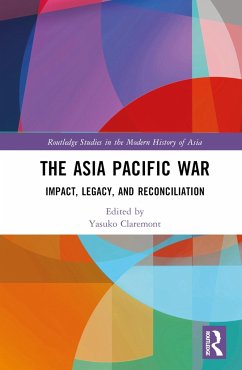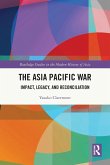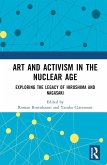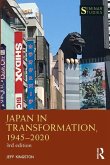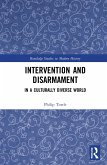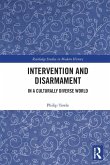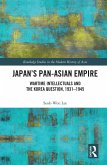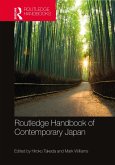This book examines key aspects of the Asia Pacific War (1931-1945), that was initially waged between Japan and China, before Japan's attack on Pearl Harbor drew in the U.S.-led allied forces from 1941 to 1945.
Part I of the book examines three interlocking components, the origins of the war; its impact on combatants and civilians; and its short-term legacy, including the huge changes that took place in the postwar governance of Japan. Part II explores the ongoing impact and legacy of the war for those in postwar Japan, and later generations, particularly through the examination of the ambiguity of state-led reconciliation with Japan's neighbors, the growth of dynamic civil reconciliation efforts, and the prominent role of the arts in peace movements. Through a people-centered approach it filters historical events through the lens of the war's impact on individuals, who found themselves players within a larger frame of the social history of Japan and caught up in the international power dynamics of the nuclear age.
Featuring studies of contemporary peace activism, this will be a valuable resource to students and scholars of Modern Asian and U.S. History, as well as those interested in postwar memory and reconciliation.
Part I of the book examines three interlocking components, the origins of the war; its impact on combatants and civilians; and its short-term legacy, including the huge changes that took place in the postwar governance of Japan. Part II explores the ongoing impact and legacy of the war for those in postwar Japan, and later generations, particularly through the examination of the ambiguity of state-led reconciliation with Japan's neighbors, the growth of dynamic civil reconciliation efforts, and the prominent role of the arts in peace movements. Through a people-centered approach it filters historical events through the lens of the war's impact on individuals, who found themselves players within a larger frame of the social history of Japan and caught up in the international power dynamics of the nuclear age.
Featuring studies of contemporary peace activism, this will be a valuable resource to students and scholars of Modern Asian and U.S. History, as well as those interested in postwar memory and reconciliation.

